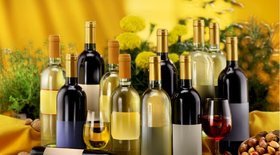How Does Champagne Taste? (Tasting Notes, 6 Exotic Bottles, Winemaking)
Dom Perignon (the monk who made key contributions to the production of sparkling wine), is said to have exclaimed, “I am tasting the stars!” when he tasted Champagne for the first time.
Besides its dreamy and luxurious appearance, Champagne seduces you with its complex citrus, fruity, and toasty flavors.
But tasting Champagne isn’t just about the palate.
So how does Champagne taste? Let’s explore all about it, 6 exotic Champagne bottles to try, the best foods to pair with it, and how Champagne production influences its taste.
Further reading
- Find out all about Champagne, how it’s made, the key producers, and the best bottles to buy.
- Discover what makes the Cristal a legendary Champagne.
The Complex Tasting Notes of Champagne
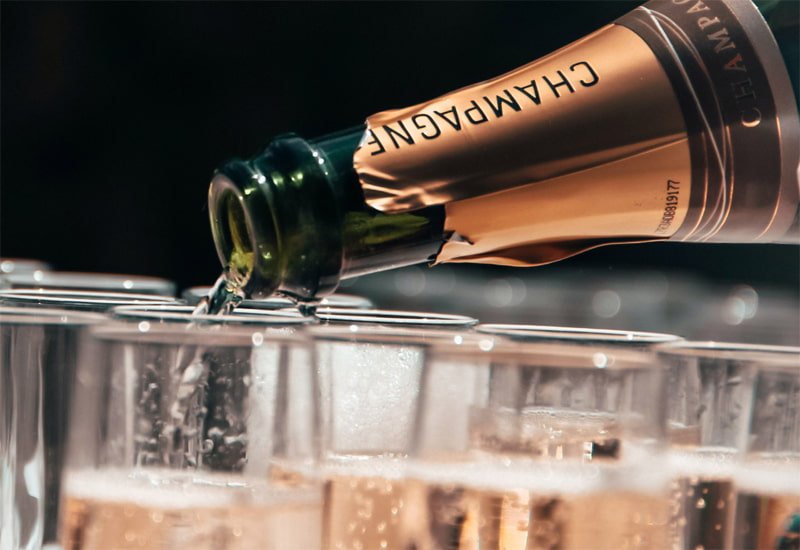
To truly appreciate Champagne, you must pay close attention to nuances in the Champagne flavor, aroma, appearance, and even it’s sound!
A. Sound
When you open the Champagne bottle, you’ll hear a discreet popping sound, followed by a soft hiss.
As you pour the Champagne into a Champagne flute, you’ll hear a crackling, fizzing sound as the bubbles burst and fade.
B. Sight
This sparkling wine is crystalline and clear.
In the glass, it ranges from golden blonde to grey gold with spectacular bubbles rising to the surface, forming a radiant ring of effervescence on the rim of the Champagne flute.
C. Nose
A Champagne’s aroma is subtle and is sometimes masked by it’s effervescence.
While the Chardonnay grapes give off lime-blossom, citrus, and white flower aromas, the Pinot Meunier grapes offer strawberry notes. Furthermore, the Pinot Noir grapes give the Champagne hints of peonies, violets, and cherry fruit.
Just remember to use a good Champagne glass to appreciate the bouquet fully.
D. Palate
The taste of true Champagne varies depending on the grapes used and how long the wine is aged, among other factors.
However, both the older and younger Champagnes share some primary flavors of peach, cherry, citrus, almond, cream, and toast.
A true Champagne has a velvety mouthfeel with acidulous bubbles bursting on your palate.
How does it differ from Prosecco?
Champagne vs. Prosecco Flavor
Champagnes are mainly made from Pinot Noir, Chardonnay, and Pinot Meunier grapes. Some Champagnes may also have Pinot Gris or Pinot Blanc grapes.
On the other hand, Prosecco (Italian sparkling wine) is primarily produced from the Glera grape variety. Fine Prosecco wines offer fabulous aromas of tropical fruits, hazelnut, and vanilla. And they have lighter bubbles that don’t last long.
(Read more about Champagne vs Prosecco in this insightful article.)
6 Exotic Champagne Bottles (Including Tasting Notes, Prices)
Here are six Champagnes you’ve got to experience!
1. NV Moet & Chandon Esprit du Siecle Brut ($6,497)
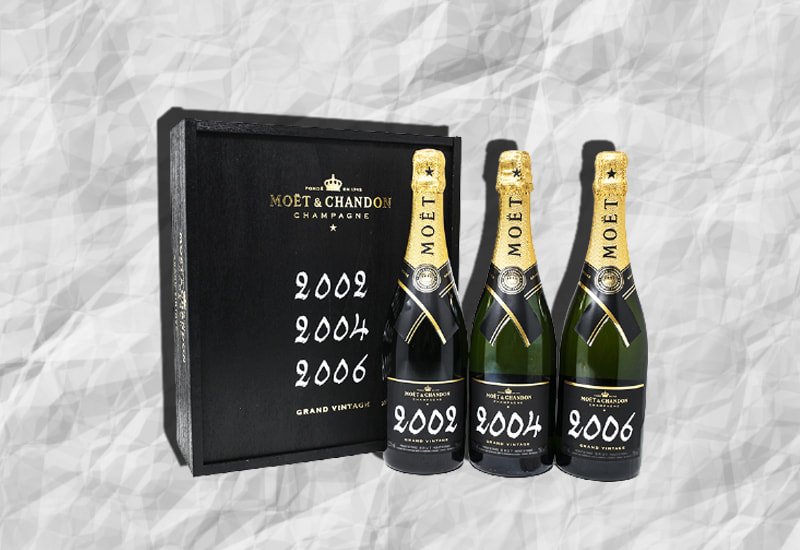
This silky non vintage Champagne is produced by the celebrated Champagne producers Moet & Chandon Champagne House.
It has a rich aroma of praline and coffee, with citrus and kumquat undertones. On the palate, you’ll taste plums, dried figs, and dates.
2. 2002 Louis Roederer Cristal 'Gold Medalion' Orfevres Limited Edition Brut Millesime ($4,029)

Produced by the Louis Roederer Champagne House, this elegant sparkling wine has citrus aromas and subtle spicy notes with a crisp and fresh finish.
3. 1990 Dom Perignon P3 Plenitude Brut ($4,750)
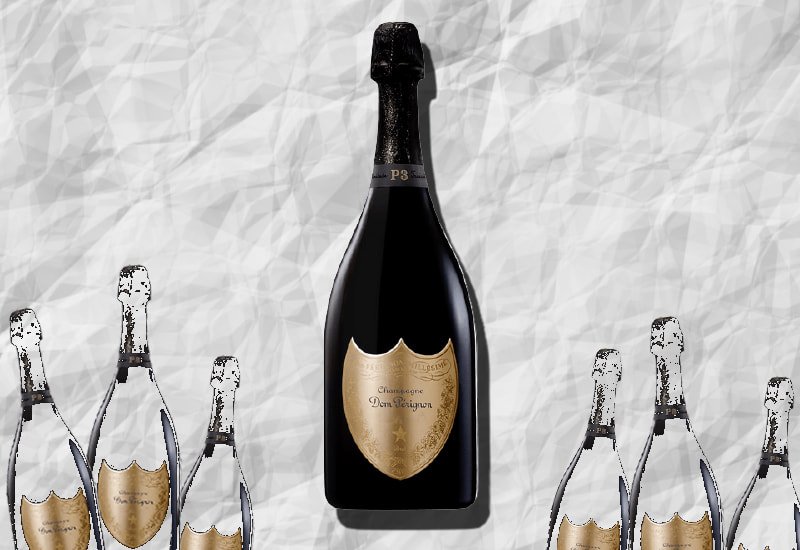
This Brut Champagne has a bouquet of bright white flowers, spruce smoke, and brioche aromas. The palate is satiny-textured and full-bodied, with high acidity.
4. 1988 Bollinger R.D. Extra Brut 'Spectre' James Bond 007 Edition ($2986)
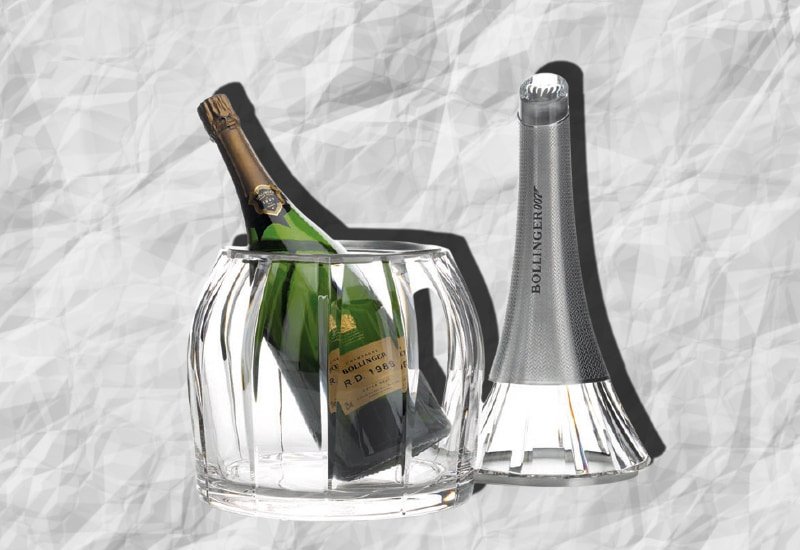
This is an exceptional bubbly drink with a preserved lemon finish. This dry Champagne gives off dried apricots, brioche, and honey aromas.
5. 1996 Krug Clos d'Ambonnay Blanc de Noirs Brut ($3659)

This rare and exquisite Brut Champagne (dry Champagne) is deliciously aromatic with plum tart, citrus fruit, and brioche hints. This vintage Champagne has a concentrated palate with autumn fruit notes, fine bubbles, and a long finish.
6. 1995 Boerl & Kroff Brut Millesime ($3503)

With a bold character and distinct fizzy texture, this bottle of vintage Champagne has an initial brioche flavor followed by hints of honey and mineral. This bubbly drink offers up apple and pear aromas.Here are the best foods to pair with your exotic Champagne:
Food Pairings With Champagne
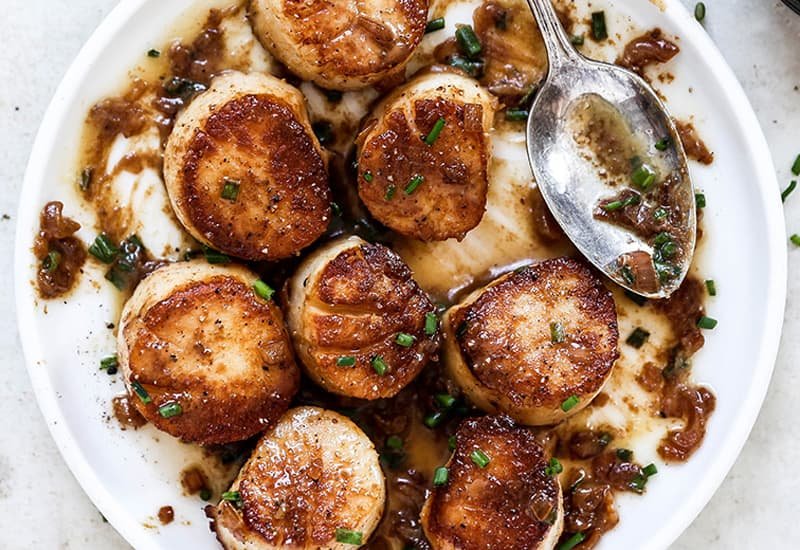
Champagnes pair well with food that’s spicy, sweet, or salty.
Lobster, fried scallops or oysters, and roast chicken pair wonderfully with Brut Champagnes.
And if your Champagne bottle has slightly more sweetness (tasting a bit like soda), pair your Champagne drink with brie or camembert cheeses.
Now, let’s explore how Champagne production affects its taste:
How The Champagne Production Process Influences Its Taste
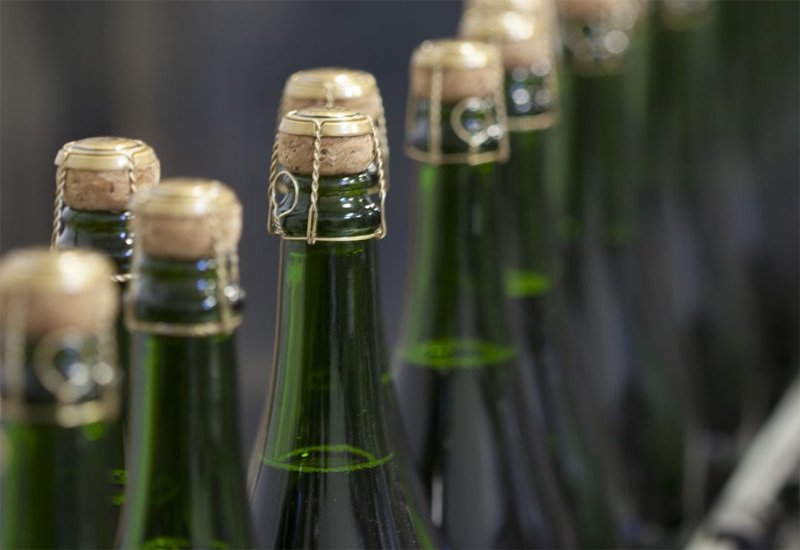
True Champagne is produced using the Methode Champenoise.
In Methode Champenoise, grapes (usually Pinot Noir, Pinot Meunier, or Chardonnay) from the Champagne region are harvested and pressed into grape juice. This grape juice then undergoes primary fermentation.
Later, yeast and other solid particles affecting the Champagne flavor are removed, and different vintage wines are combined to create the flavors that are characteristic of specific Champagne producers.
The mixture is then bottled, yeast and sugar are added (dosage), and the bottle is sealed.
After that, the secondary fermentation process (which adds the fizz) begins.
Once secondary fermentation is complete, the dead yeast cells are left in the wine for some time, resulting in autolysis. The autolysis process creates the toasty richness of this bubbly drink and its complex flavour.
Buy Elegant Champagnes And Other Fine Wines Through Vinovest

Champagne’s rich flavors and velvety feel make it the perfect choice for grand celebrations. And when stored well, your Veuve Clicquot and other Champagne bottles will just get better over time!
If you’re looking for a simple way to buy, store, and sell your Champagne, red wine, white wine, or any other fine wines, Vinovest— a leading wine investment platform — is your answer!

